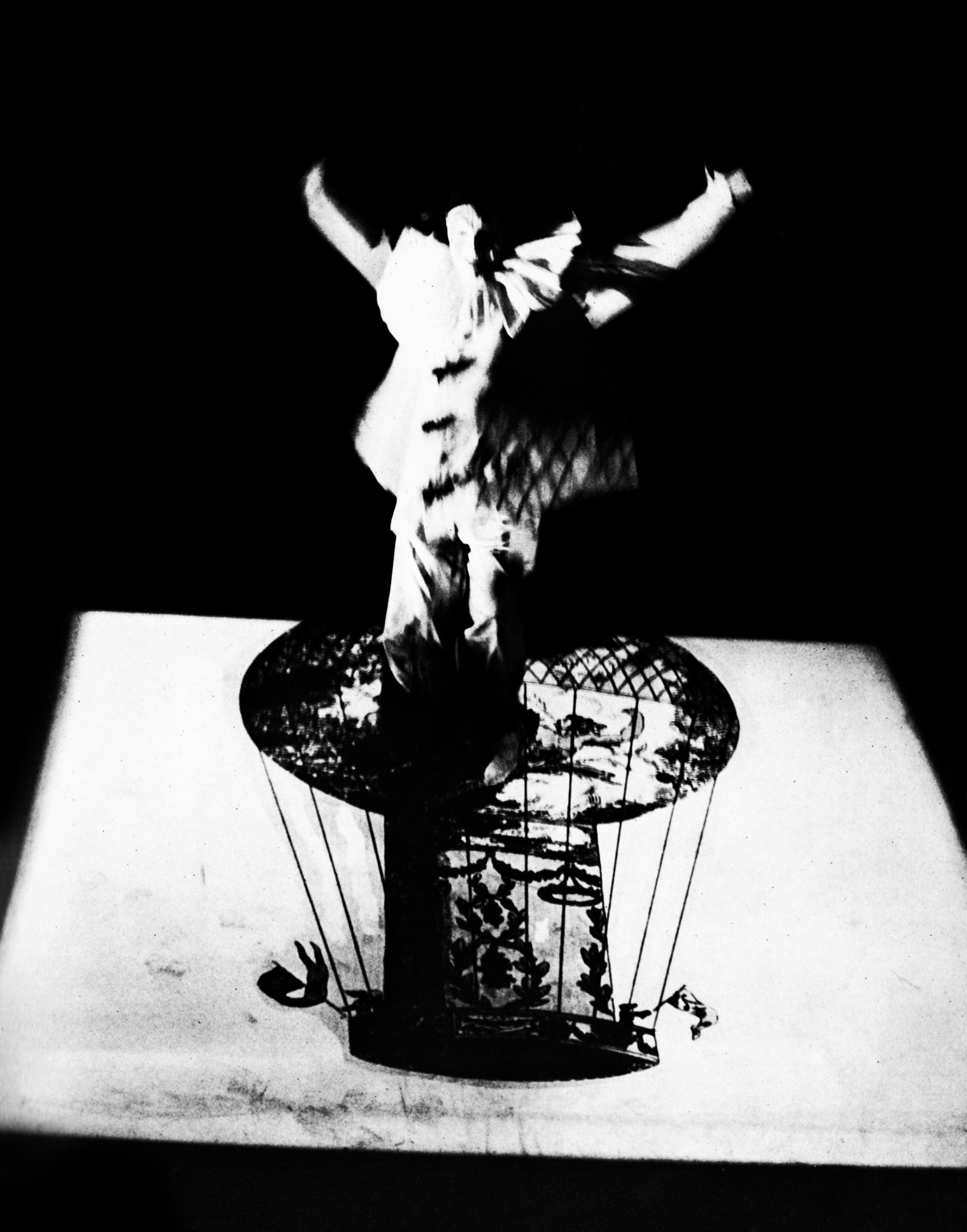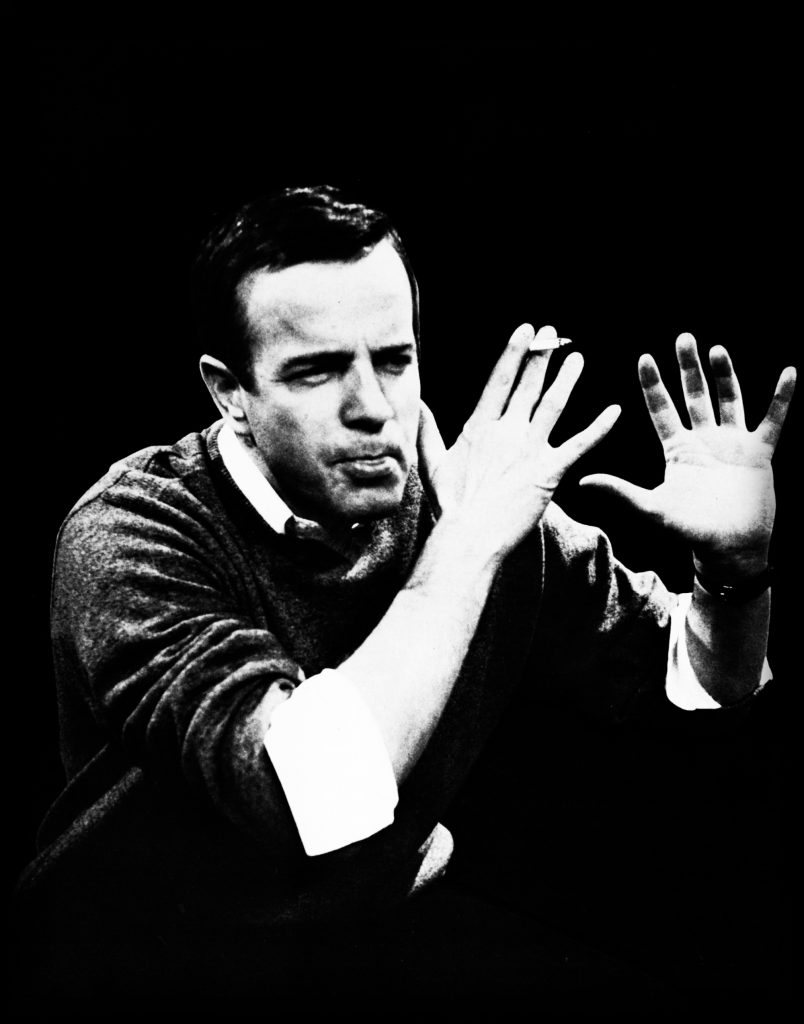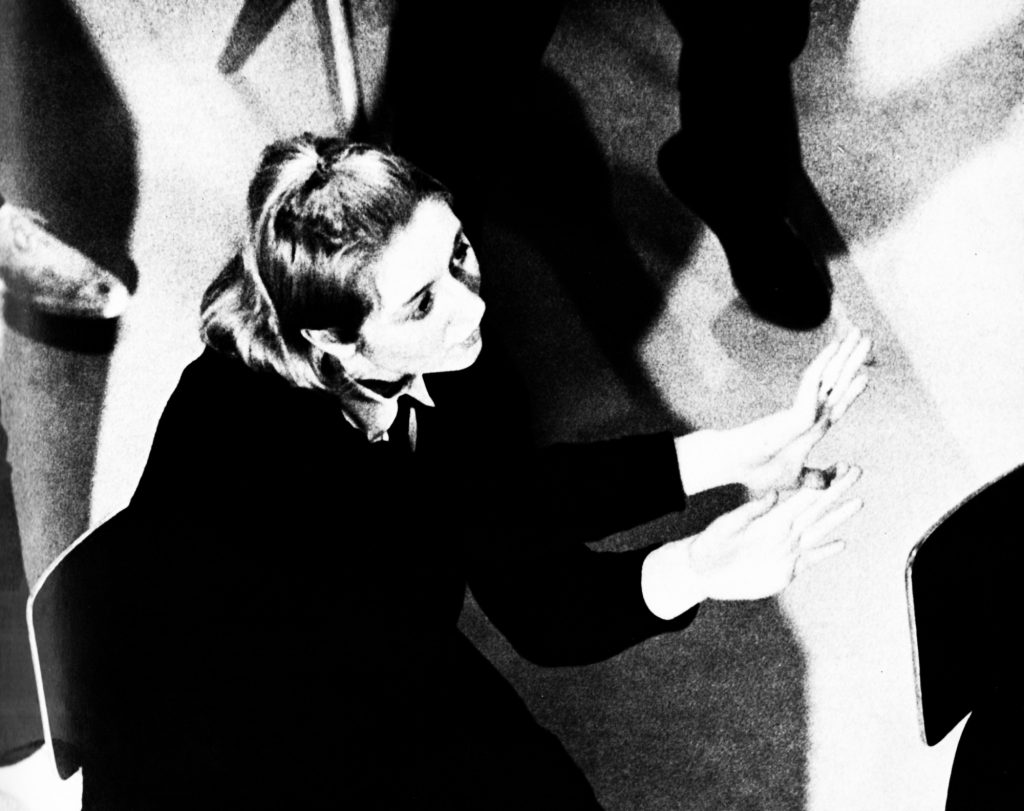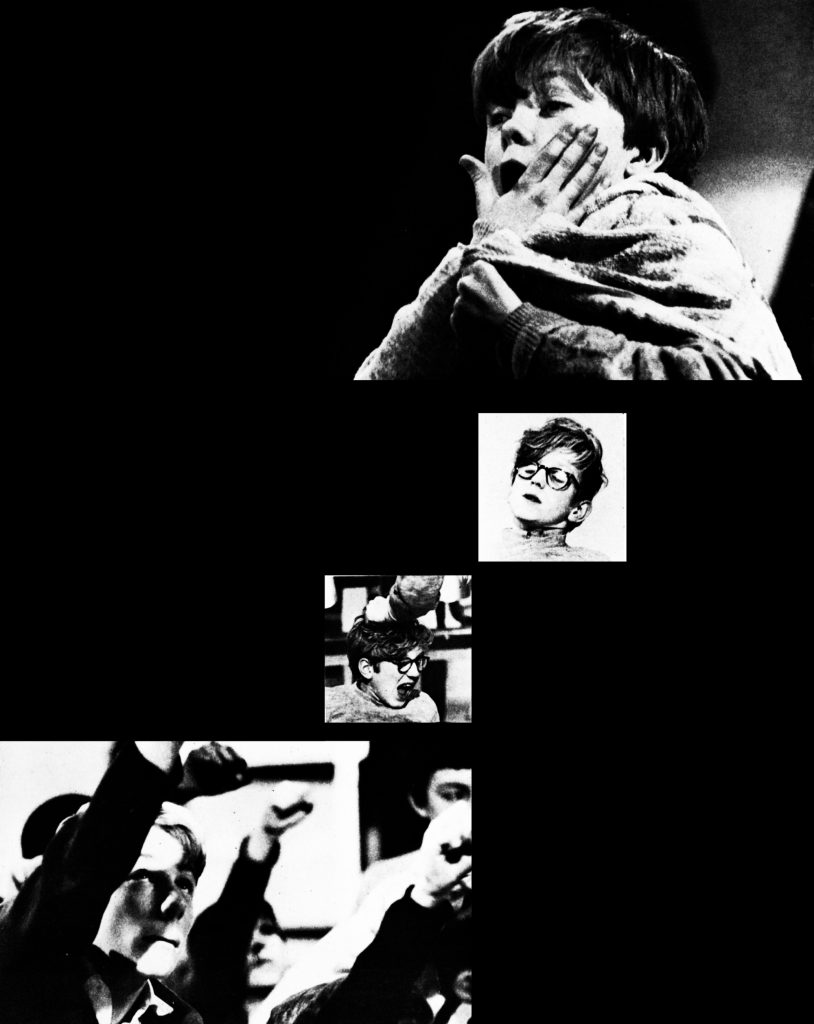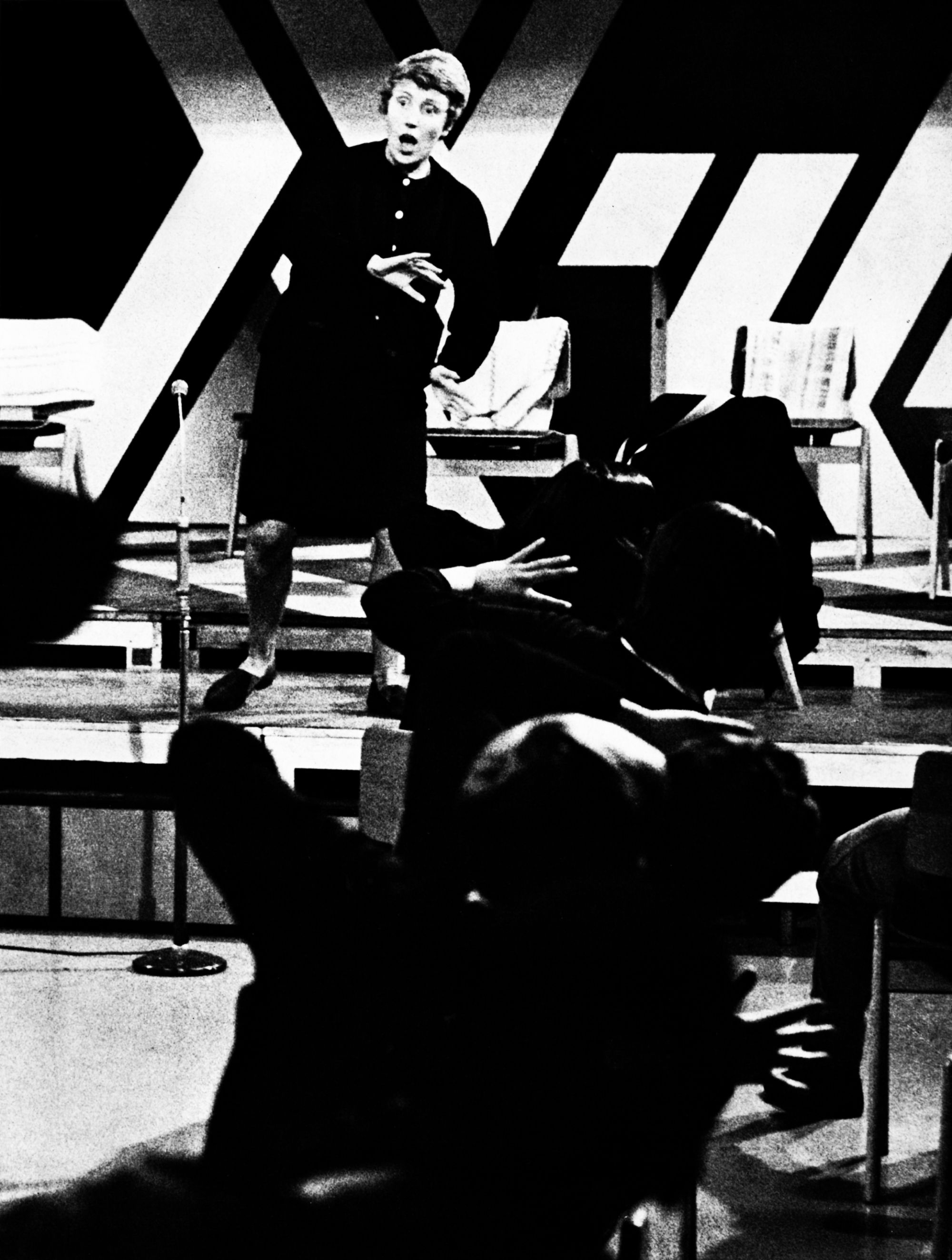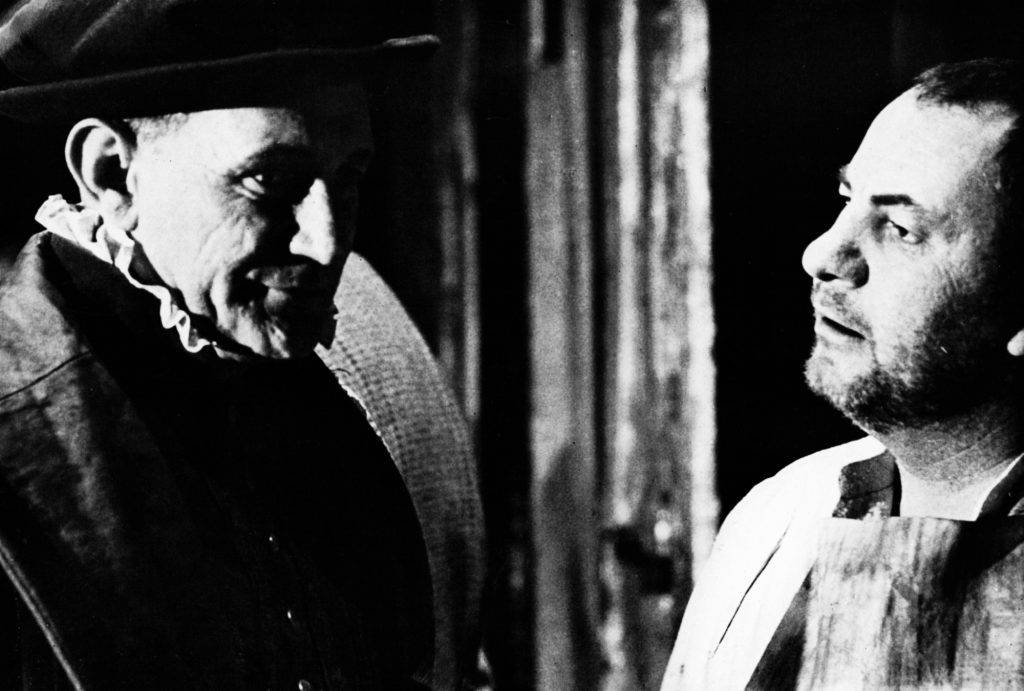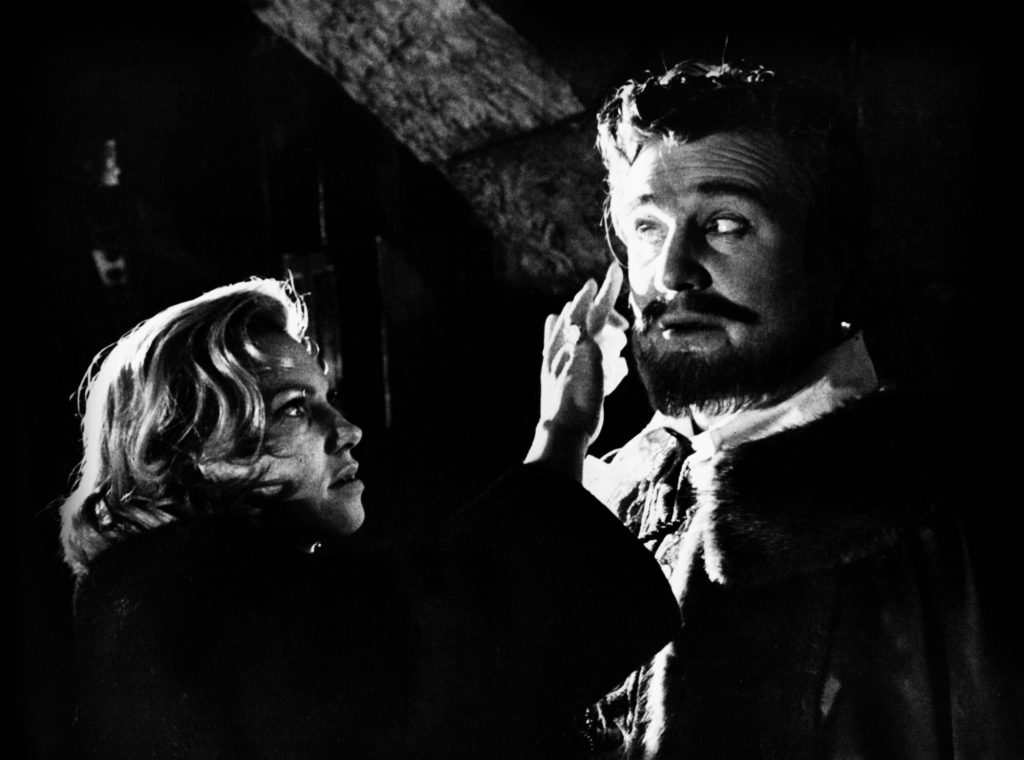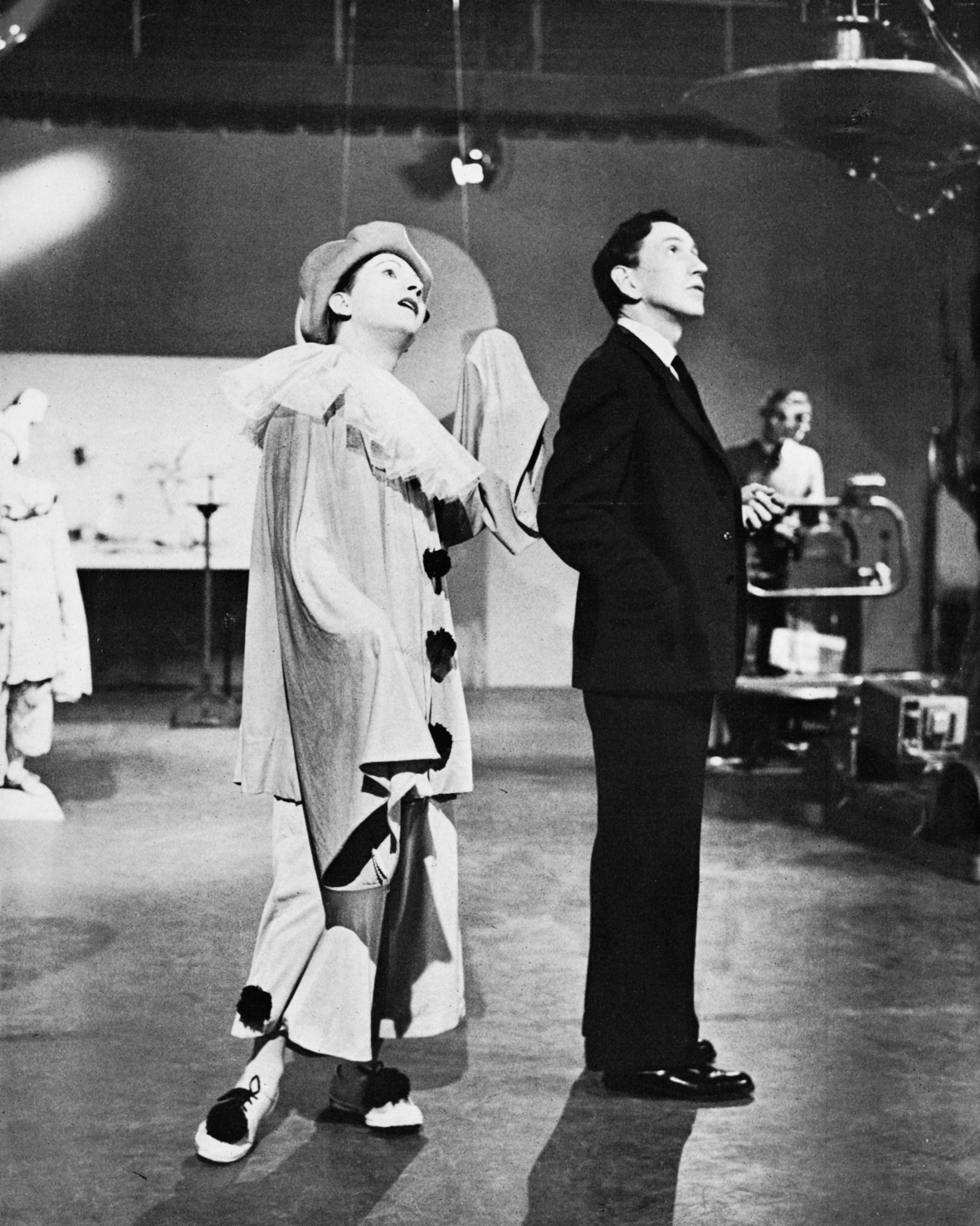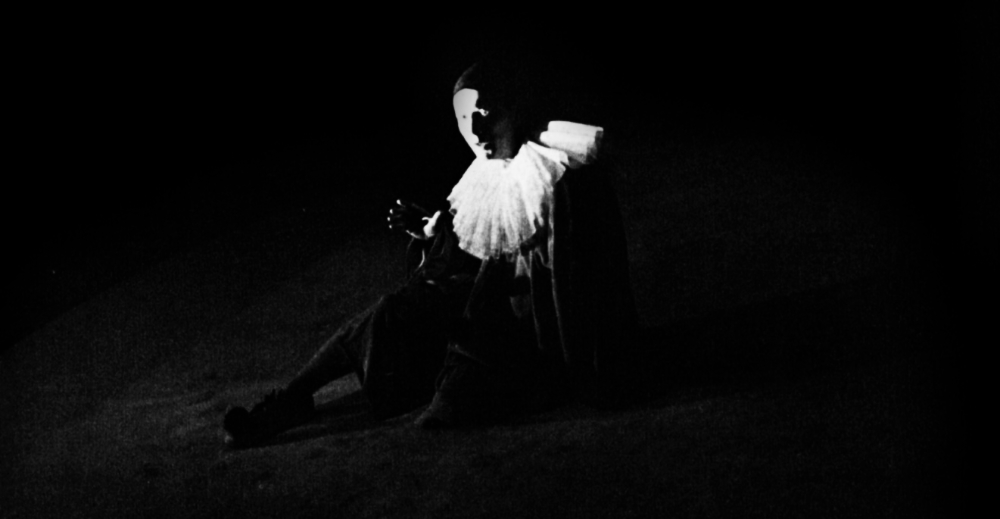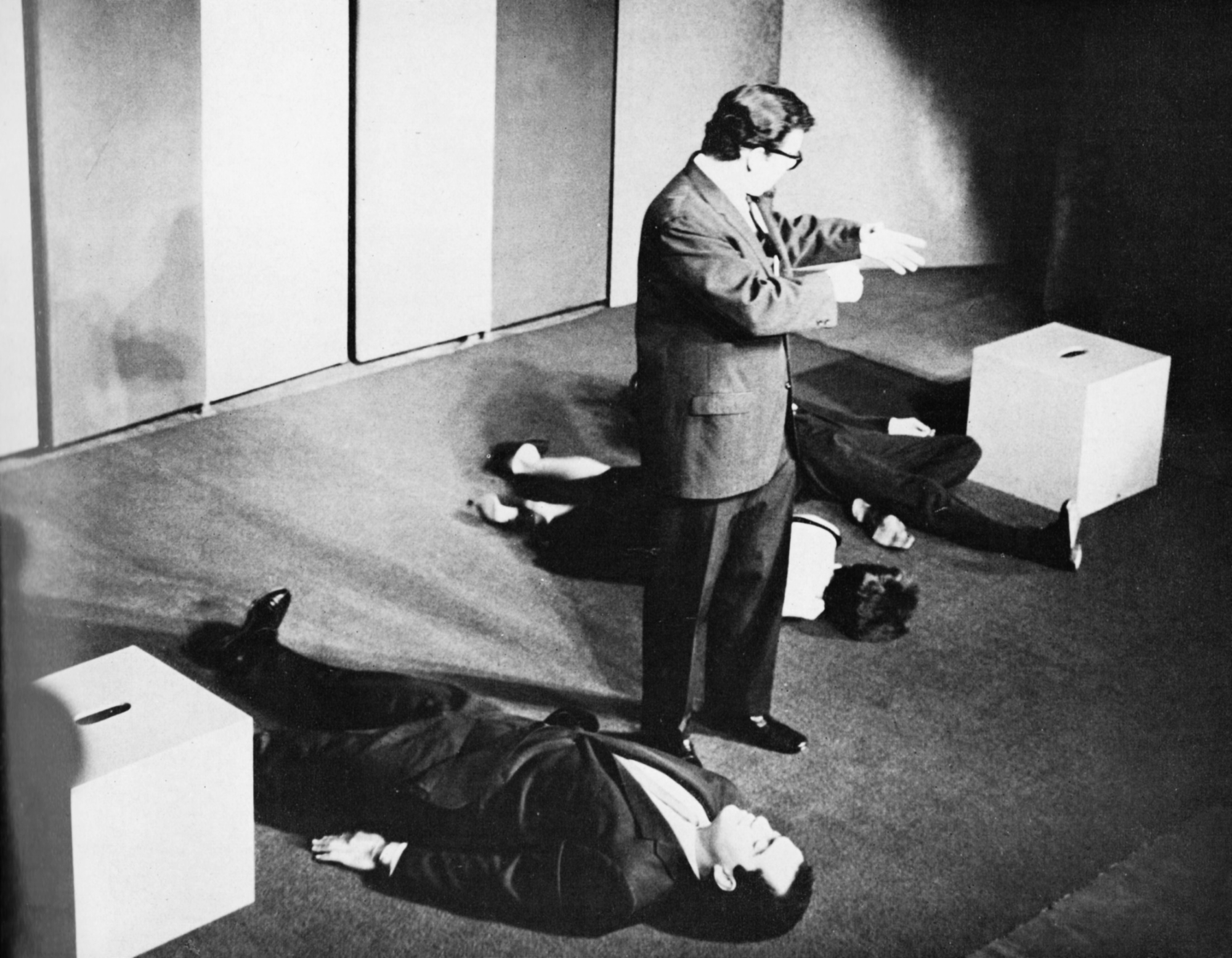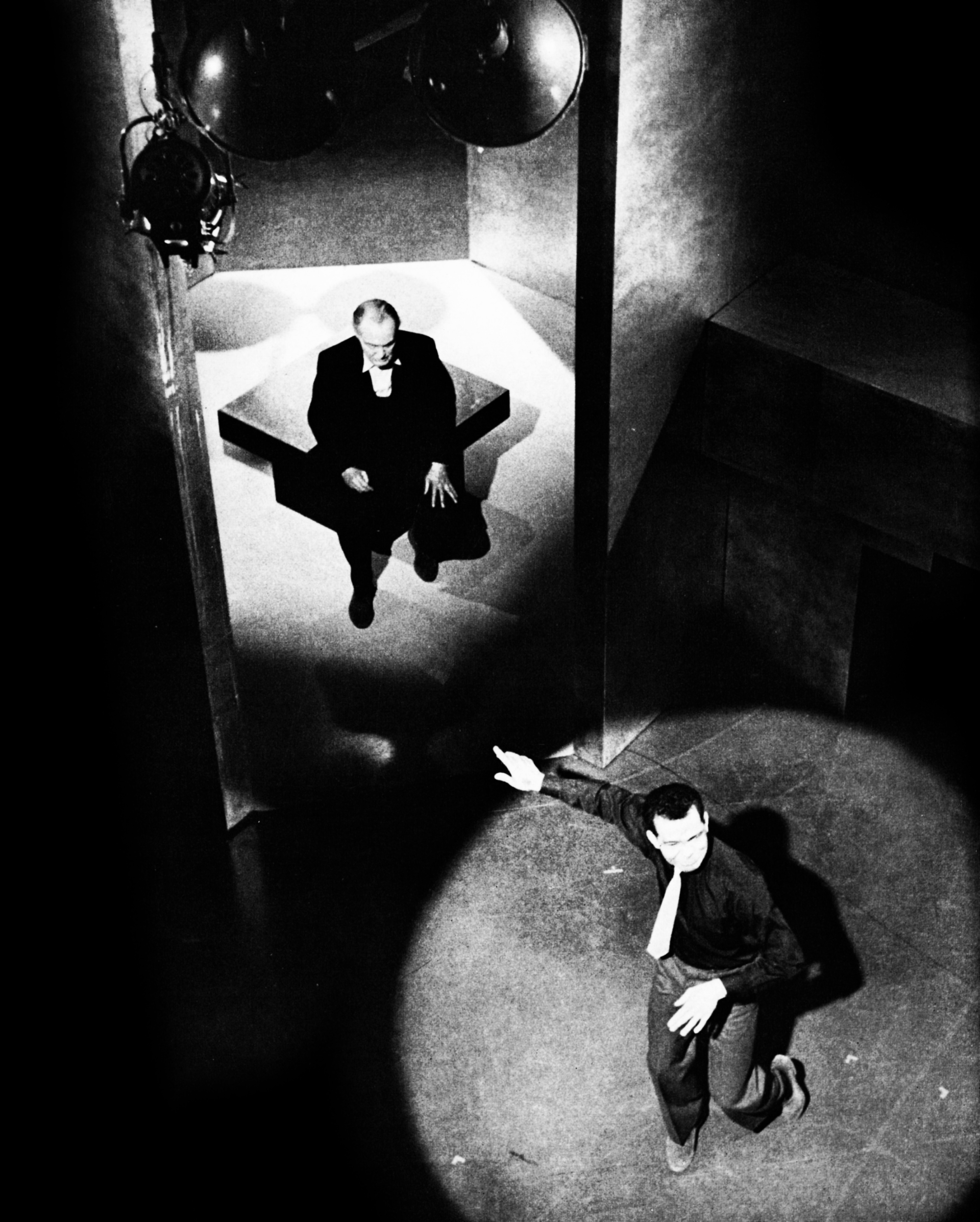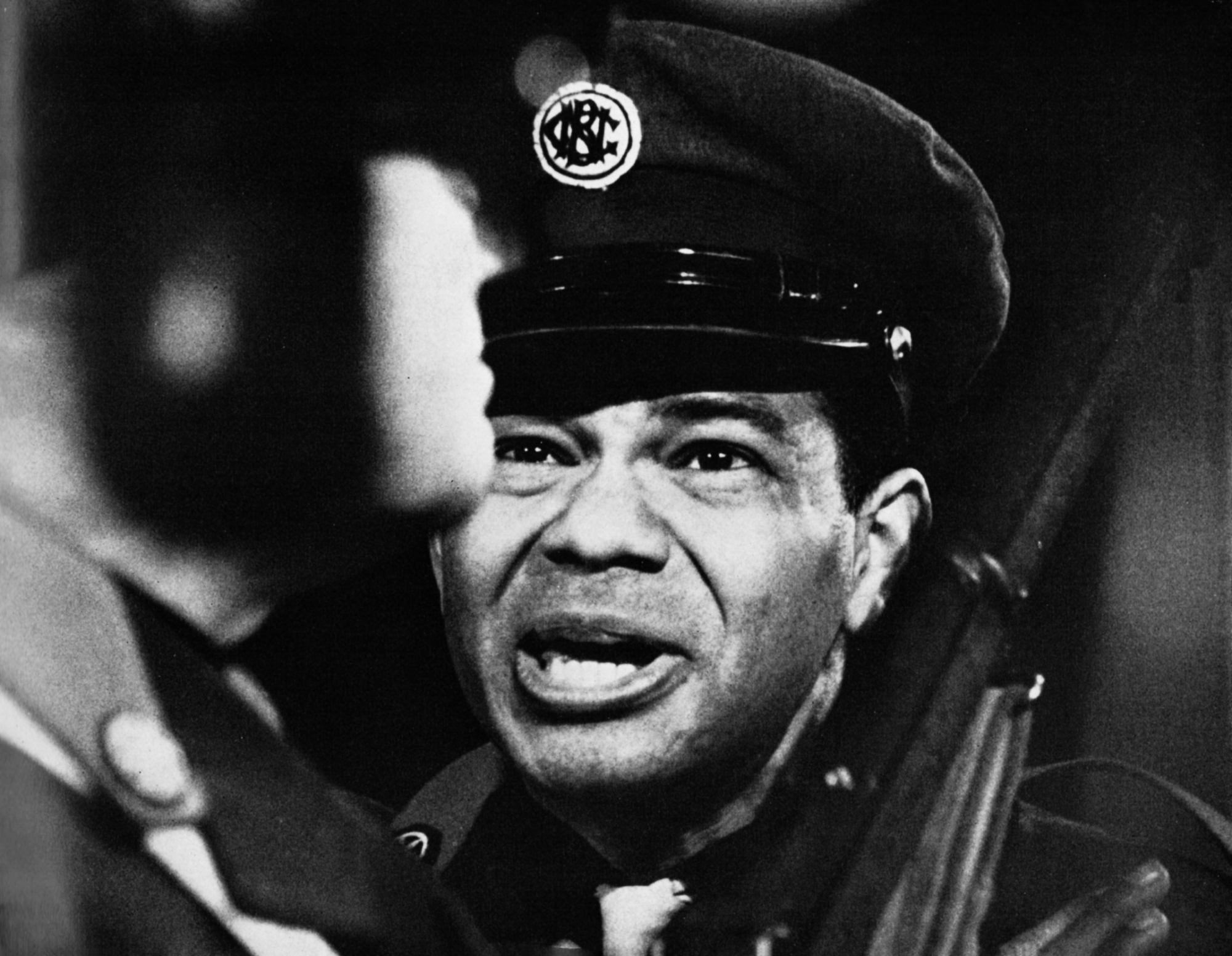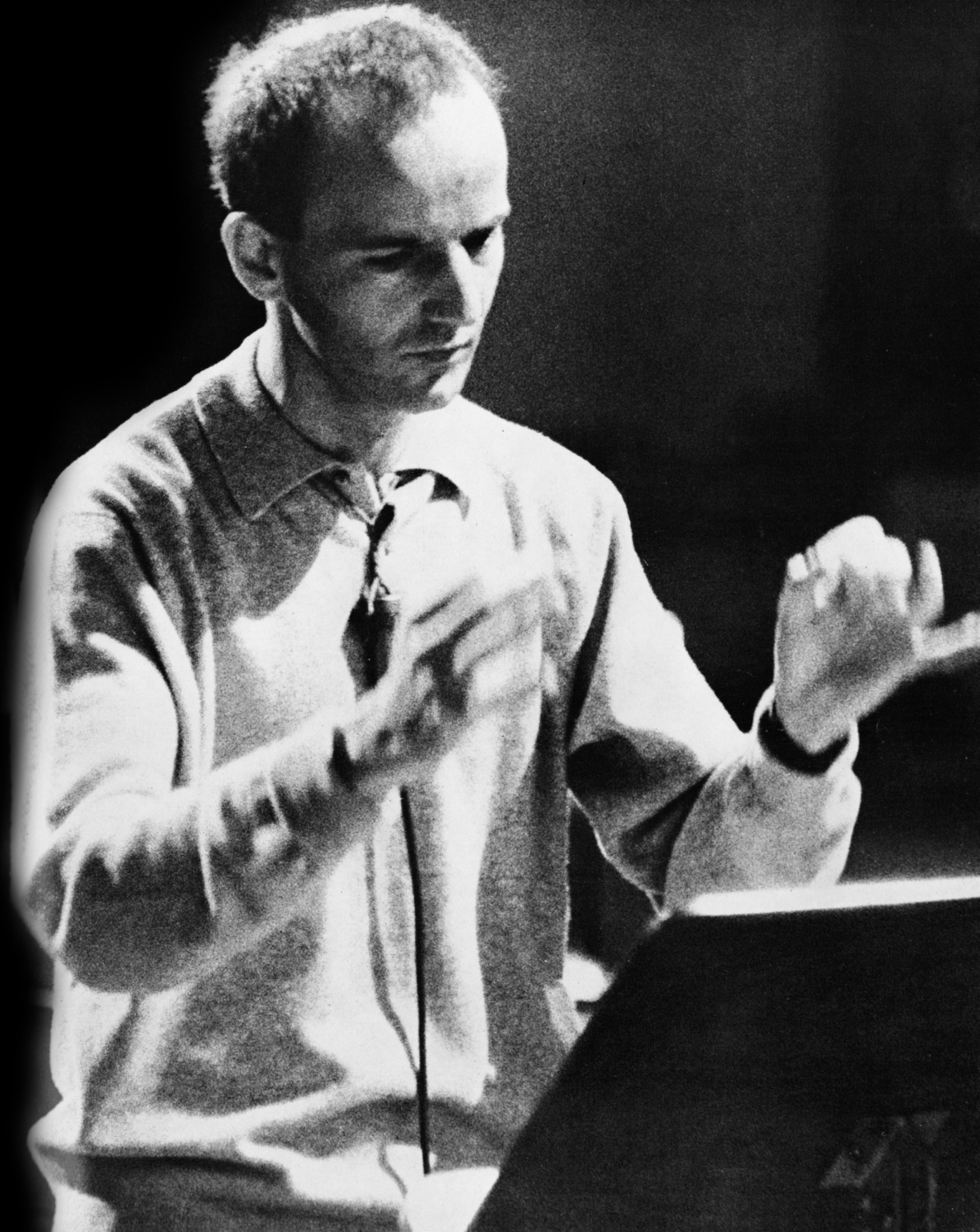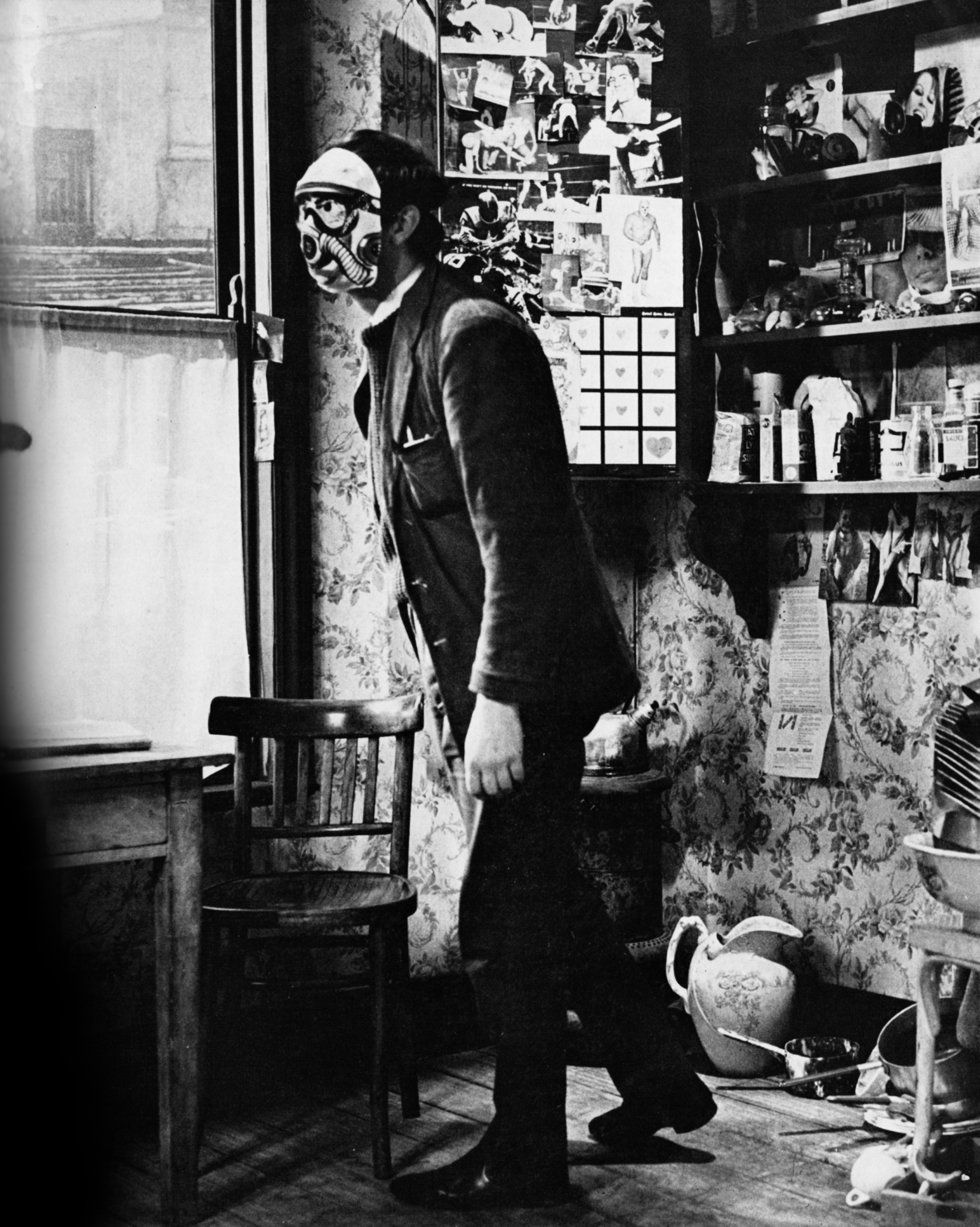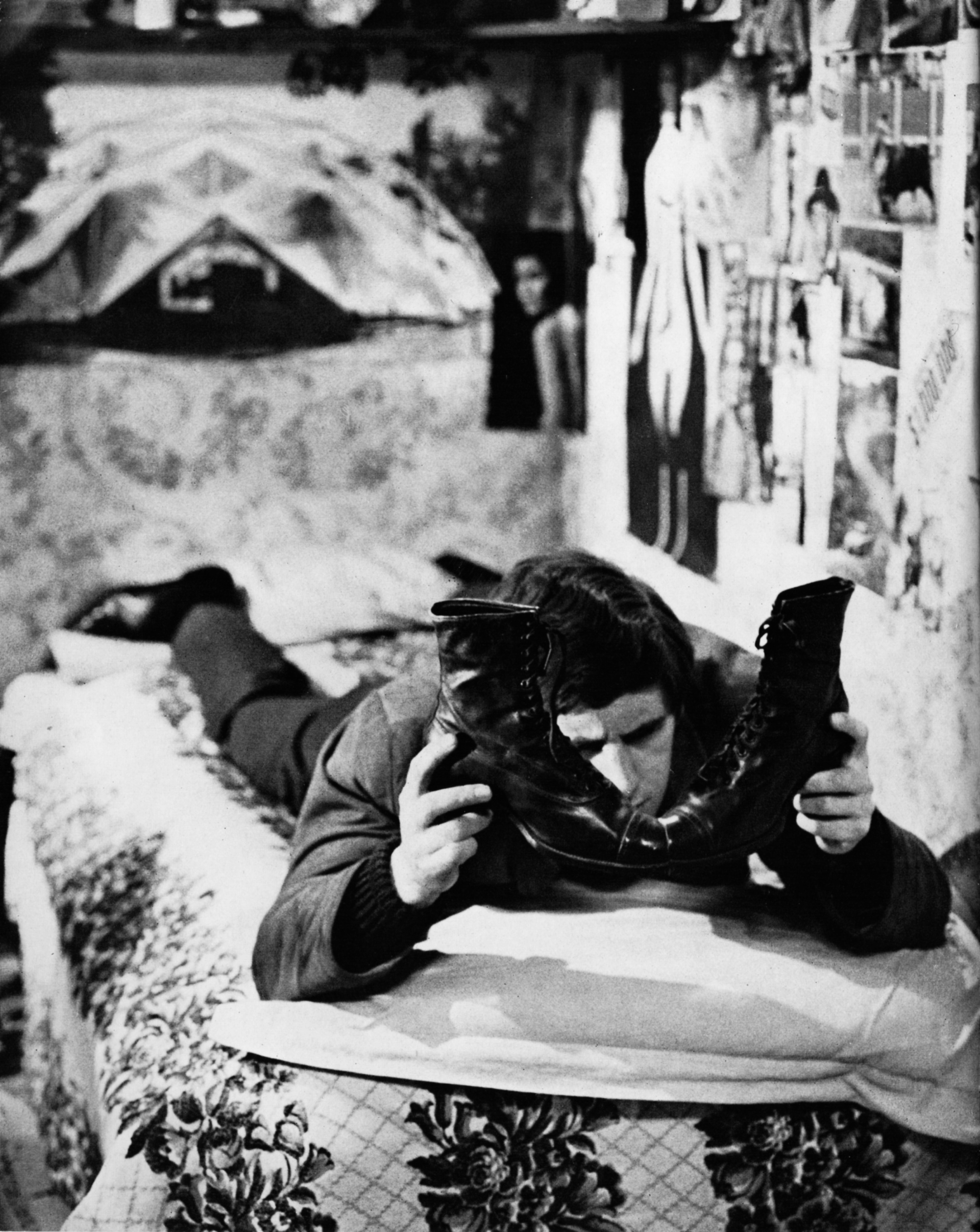I once had the following conversation with a village shopkeeper. Shopkeeper: (in very tragic tones) Mrs Brown’s dying. Me: After all she’s well over ninety and she’s been dying for years. She: Ah, yes, but especially lately. The arts in England, if we are to believe all we read and hear, have been especially dying lately.
I don’t myself believe it. The arts seem to me to be in somewhat the same rather exciting and hopeful state of flourishing neglect by public patrons and government alike, that I remember for the last thirty years. Indeed as with most chronic invalids, there is always one branch of the arts that is making a surprising recovery. So it is now, for, if poetry is moribund, the novel shaky, theatre and music propped up only by subsidy’s crutches, painting, as we all know, has found a fresh lease of life thanks to the new investment treatment.
Nevertheless in a society where growing affluence is the distinguishing feature of life, artists (except for some painters) share with the old and the widowed an embarrassing tendency to remain poor. Gone are the days when Bernard Shaw occupied a Beatle prominence in those popular newspapers which allocate celebrity space according to earning capacity. Unlike old people and widows, however, the plight of the artist in England has become a well known conversational gambit. What the arts do not receive in financial support they at least get in commiserating mention — usually by the very sort of people who in other European countries would read books or go to theatres and art galleries or attend concerts. This commiserating English public however has no intention of doing these things, so they have to find some scapegoats for their neglect of the arts. The usual cliche is to say that it’s all the fault of television.
To its infamous destruction of the nation’s moral fibre and its sinister incitement of British youth to violence, television, it seems, must also add responsibility for the smug, philistinism of the mass of the English public of all classes. Television’s real crime, of course, for most of these critics is that such a lot of people enjoy viewing.
If, in fact, any generalisation about the effects of television is possible, it must surely be that millions more people in this country have become familiar with the arts (if only to be given the chance to reject them) than have ever been wooed away from them. Television plays, serialisation of novels, occasional concerts, or talks on painting must at the very least have converted some thousands previously living in unregenerate ignorance — not all viewers switch off immediately they see the unfamiliar. But, oppressed perhaps by being made the scapegoat for arts’ decline, television planners have tried to do more — they have organised programmes solely concerned with presenting the arts and artists to the public. Prominent among these has been Tempo. The present volume illustrating the highlights of Tempo programmes seems a suitable place to inquire what television can do to foster pleasure in music, painting, poetry, drama, ballet and architecture. And, quite as important, what have the arts as a subject matter to offer to television producers that will allow them to use the medium in new, exciting and pleasurable ways. Perhaps the successes and failures of such a programme as Tempo may even throw some light on whether television, apart from fostering other arts, has any creative originality to offer, is not in short only a medium but itself an art.
To many readers this may seem an unimportant question. Television brings them the plays and serials and variety they ask for and that is enough. Others will claim quite j ustly that television has revolutionised journalism, has added a whole dimension to documentary and, by bringing popular sociology into the home, introduced the British public to itself. This is quite true and by itself it is sufficient to give television a justification over and above its immediate powers of entertainment. But to recruit not only intelligent but sensitive and imaginative people to work for television, more is demanded. Ultimately such recruits will want to feel that television can create new forms, make statements in ways that no other medium can. And if the imagination of the British public is to keep pace with its growing education and knowledge — something that seems to me vital to our society — they are quite right: all the potentialities of television to become an independent creative art must be explored. Tempo has made some of the most interesting of such explorations that I have seen — not least because the producers, in largely foregoing, for various reasons, the use of cinema, have confined themselves to the scope of the television camera. Only by such disciplines can we ever know whether television has anything to offer which is not a mish-mash of cinema, theatre and magic lantern.
What emerges, I think, is exciting. Tempo is always at its best when exploring the processes of creation, finding out exactly how a new production of a play comes into being, how a ballet is imagined and set going, how a choir is brought into unity and so on. It is least successful when it offers us the straight performance of some musician or actor as though we were confronting them in the theatre or concert hall.
The finished work of art seems if anything diminished, certainly made flat by presentation on the telescreen; the mechanisms, the assembling of the pieces, even when the process is a familiar one like the rehearsal of a play, acquire a new and detailed significance as the camera plays upon them. It is in fact by examining the act of creation that television most successfully exalts the finished work of art; it is also in probing and presenting the creative imagination at work that the television producer seems to come nearest to producing something original of his own, a work of art. With varying degrees of success between these two extremes of ends and means Tempo has used its television cameras to throw all sorts of new lights upon finished works of art, even more upon the personalities of great performers and the means they use to project themselves (but then this too is in another way an exploration of the process of creation).
Of all Tempo programmes ‘The Bundle’ seems to me the most suggestive and the most visually exciting. The subject like all worthwhile themes in art is beset with dangers. To show the liberation of secondary modem school children through classes in dramatic self-expression! — the very words as I write them seem to bristle with potential sentimentality, folksiness or moral priggishness. Tempo entirely avoids all these. Indeed it was only when I reflected upon what might have gone wrong with such a programme — the exploitation of child photography, the homilies upon the training of the young mind, the whimsical patronage of its subject — that I even realised what horrors I had escaped, so completely were they absent from ‘The Bundle’.
The programme opens with a group of boys (twelve or thirteen years old) on what seems to be wasteland beside a footpath along which adults pass by unnoticed. The boys engage in a free for all or ‘bundle’, beginning in ballet-like slow motion (giving that strange sense of an aquarium tank as bodies, heads, legs, arms all swim up and down the screen) the film is speeded up until the fight is fast and furious. Above this fight-dance sequence we hear the words of an authentic small boy’s poem, a prize-winning entry in the competition of a national daily newspaper. ‘A strange place, a place unknown, only a stone’s throw from the Human Race…. This place you shall never find for it is mine and mine alone, strangest of all no place is so unknown’.
Visually this prelude is as mysterious as it is delightful to watch, the poem’s words add to the mystery a sense of some private ritual invaded — as all our knowledge of children must be an invasion either of their close-kept secret society or of our own memories equally sealed by unspoken secret oath. But apart from the powerful effect of the scene and words, this prelude gives an ambiguity to the whole programme that follows which (whether intended by the producers or not) adds a whole dimension of meaning to what would otherwise be a first-rate piece of social documentary but perhaps no more.
For now the camera moves to the drama — expression class at Markfield Secondary Modern School, Tottenham. The mistress is Miss Sigley and she immediately dominates the scene. Many of the best programmes in Tempo are dominated by a single individual in this way — Zeffirelli, Gordon Craig — but Miss Sigley is more effective than them, for not being a well known person, the force of her personality is doubled by surprising us. The boys and girls are improvising movements to a jazz tune. Some faces, especially of the girls, are a little self-conscious and genteel, but as a whole the faces and bodies of the children express satisfaction and release so that the patterns they offer us are in turn satisfactory. A negro boy’s face attracts again and again, partly because in his absorption he is so completely unselfconscious, partly because (as I notice so many times in Tempo programmes) black faces are always pleasing on the black and white telescreen. As the children improvise, Miss Sigley moves to the rhythm, precise and jerky, her fingers snap ‘flick, flick’. She is commanding and yet she is also the young games mistress that Joyce Grenfell might so well ‘take off’. I imagine that Miss Sigley would laugh at any mimicry of herself but, even if she did not, one would not be embarrassed, because she is so entirely given to her job, so integrally involved as to need to wear no self-conscious sense of mission on her face. ‘Make it do something’, she calls to the children, ‘Use it. Use the space. Dialogue mime. Fight mime.’ Flick, flick go her fingers.
Now as the children’s dance continues we hear her voice over the pictures, explaining the purpose of her classes. The phrases, as I have noted some of them down, have a faintly uplifting sound — ‘We all start equal in drama. We’re all people. Build up a visual memory that can be called upon in work. Not cissy, not art, just making life’ and so on. But this ‘uplift’ was not apparent in the programme, I think because of the quick camera work from children to mistress and because we saw her absorbed in her job, not speaking her message. So we avoided that slight touch of selling her mission that creeps into Miss Joan Littlewood’s appearances on television — yet Miss Sigley in her own field is very much a Miss Littlewood.
Now we see the children act out a supermarket scene — the shop opening, boys and girls in pairs (husband and wife) coming in as shoppers. Then they gather round the teacher to discuss what they have done — ‘It needs a climax, Miss — tragedy in a supermarket — all the shelves could collapse’, ‘Nickin’ all the beans off the shelf, Miss’, and the boy who has acted a nagging husband explains that he was saying no words, ‘No, Miss, I was just muttering.’ Once again it is skilled camera direction that takes away any suggestion of exploiting the charm or beauty of the children. We know that this group of school-children calls forth less spiritual exhaustion, less sense of defeated hopes than would a group of middle-aged men and women making a comparable imaginative revelation. But that is all; indeed when Miss Sigley moves on to ‘work out character points’, one is depressed by the sad stereotypes of adult married life that the children suggest in their portrayal of the shoppers. As she talks on, once more her views are conveyed to us over the pictures of the classroom; and once again we
find her ‘Aggression and moodiness tend to take over as childhood goes’ and her ‘Self-discipline is a must’ less portentous, less dictatorial than we would in an interview where the teacher is shown divorced from the scene of her work, mouthing theory into the unco-operative emptiness of the television studio.
And now we come to the culmination of the drama class — a scene in a barber’s shop in which the boys act out the aggressions which we have seen at the beginning released in the conventional, casual, uncontrolled, street scene, ‘bundle’. This barber’s shop play with its rhythmic musical accompaniment and its gay, jerky movement as of some silent film comedy ends appropriately in a free for all Keystone Cops mess of lather and shaving brushes and custard-pie faces.
The aggression has been released in farce, but that it is still the same aggression we can see from the faces of the girls who watch both aghast and admiring at this scene of comic virility put on for them by the boys.
Miss Sigley’s purpose is achieved, the childrens’ imaginations and bodies freed, our sense of social responsibility satisfied. Or is it? For this is where the ambiguity of the opening passage makes its mark. Of the integrity and humanity of Miss Sigley’s aims we can have no doubt, of the genuine imaginative impulses released in the children we can feel assured. Perhaps this is how aimless violence may be avoided. And yet this has been, for all its improvisation, an adult organised release of the child imagination. What of the small boy’s poem with which we started? ‘This place you shall never find for it is mine and mine alone. Strangest of all no place is so unknown.’ As a citizen I admired and approved Miss Sigley’s course. As a novelist, I wondered — isn’t this just another benevolent editor or publisher directing the creator’s images ?
Whatever the answer, the programme really arouses thought about creative imagination. It works visually and aurally with the minimum of verbal interpretation and with the maximum of camera playing freely upon the free play of children. It is this technical aptitude, this verbal economy which is the most striking feature of the progress that Tempo programmes have made from their beginnings in 1961. Perhaps the only programme at all comparable with ‘The Bundle’ is an early venture called ‘Mental Health’ which discussed the aesthetic validity of the paintings of psychotic patients. Both subjects are on the surface sociological and therapeutic, but both in fact dig deep beneath the roots of creative imagination. The fantasies played out by the children in ‘The Bundle’ are not such Blakean songs of innocence that we can entirely separate them from the aggressive fantasies of some of the paintings shown in ‘Mental Health’. We may prefer to side with Wordsworth against Freud, but few of us would be astonished now to find in children’s games and art the seeds of the strange schizoid painting of one patient with its secret, separate castle (‘This place you shall never find’) or even the horrible ordered symmetry and flat patterns of the paranoid. Potentially ‘Mental Health’ had as much to offer although more sensationally than ‘The Bundle’, but it was loaded with verbal interpretation — narrator, commentator, and at last the familiar neutralising tones of expert critics as Herbert Read, Francis Haskell and Way land Young sat before us asking, can a man be both patient and artist? The opinions were neither worse nor better than in most such discussions — ‘All art is a form of escape from hell’ and so on; but as that familiar sentence, ‘At that point I’m afraid we must leave….’ sounded in my ears I rejoiced, as later when I saw ‘The Bundle’ come to an end I longed for more. Those two programmes on the sources of imagination are divided, I think, by a whole ocean of television imaginative production.


